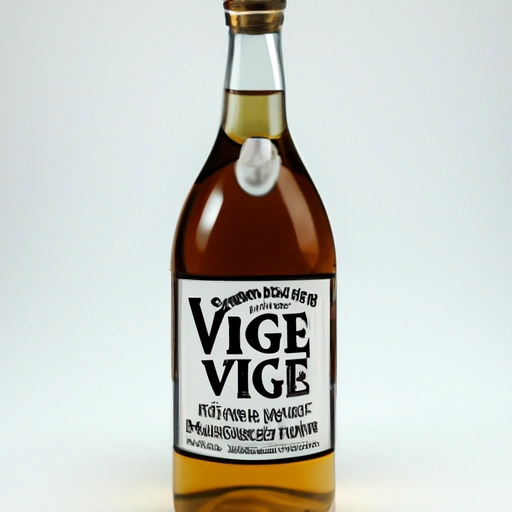Cider Vinegar
Description

Cider vinegar, also known as apple cider vinegar, is a vinegar made from fermented apple juice. It is widely used in salad dressings, marinades, vinaigrettes, food preservatives, and chutneys. Cider vinegar is known for its tangy and slightly sweet flavor, which derives from the apples and the fermentation process. In recipes, cider vinegar is often measured in fluid ounces (fl oz) or milliliters (ml) in American and European units, respectively. A standard measurement in recipes might be 1 tablespoon (15 ml) or 1/4 cup (2 fl oz/60 ml).
Common uses
Cider vinegar is commonly used as a base for salad dressings, marinades, and sauces. It's also a popular ingredient in pickling recipes, as its acidic nature is perfect for preserving vegetables and fruits. Additionally, it is often used to add a burst of flavor to soups, stews, and meat dishes.
Nutritional value
Calories
Cider vinegar is low in calories, with about 3 calories per tablespoon (15 ml).
Protein
It contains a negligible amount of protein.
Fat
Cider vinegar contains no fat.
Carbohydrates
It has a minimal carbohydrate content, primarily from the natural sugars in apples.
Vitamins
While not a significant source of vitamins, it does contain small amounts of some B vitamins.
Minerals
Cider vinegar contains trace amounts of minerals such as potassium.
Health benefits
Cider vinegar has been associated with various health benefits, including aiding digestion, improving insulin sensitivity, and contributing to weight management. It also has antimicrobial properties and has been used as a traditional remedy for many ailments.
Potential risks
Excessive consumption of cider vinegar can lead to tooth enamel erosion due to its acidity. It can also interact with certain medications and may cause digestive discomfort in some individuals if consumed in large quantities.
Common recipes
Cider vinegar is featured in a variety of recipes such as homemade mayonnaise, apple cider vinaigrette, and barbecue sauces.
Cooking methods
It can be used in both raw and cooked preparations. When heated, it lends a rich flavor to reductions and glazes.
Pairing with other ingredients
This vinegar pairs well with oils, herbs, and spices to enhance the flavor of salads and cooked dishes. It also complements fruits like apples and pears in sweet preparations.
Summary
Cider vinegar is a versatile ingredient cherished for its tangy flavor and potential health benefits. Its historical significance and widespread use in cooking make it an important component in kitchens worldwide. Whether used in its raw form or as part of a complex dish, cider vinegar adds a distinct taste that has been enjoyed for centuries.